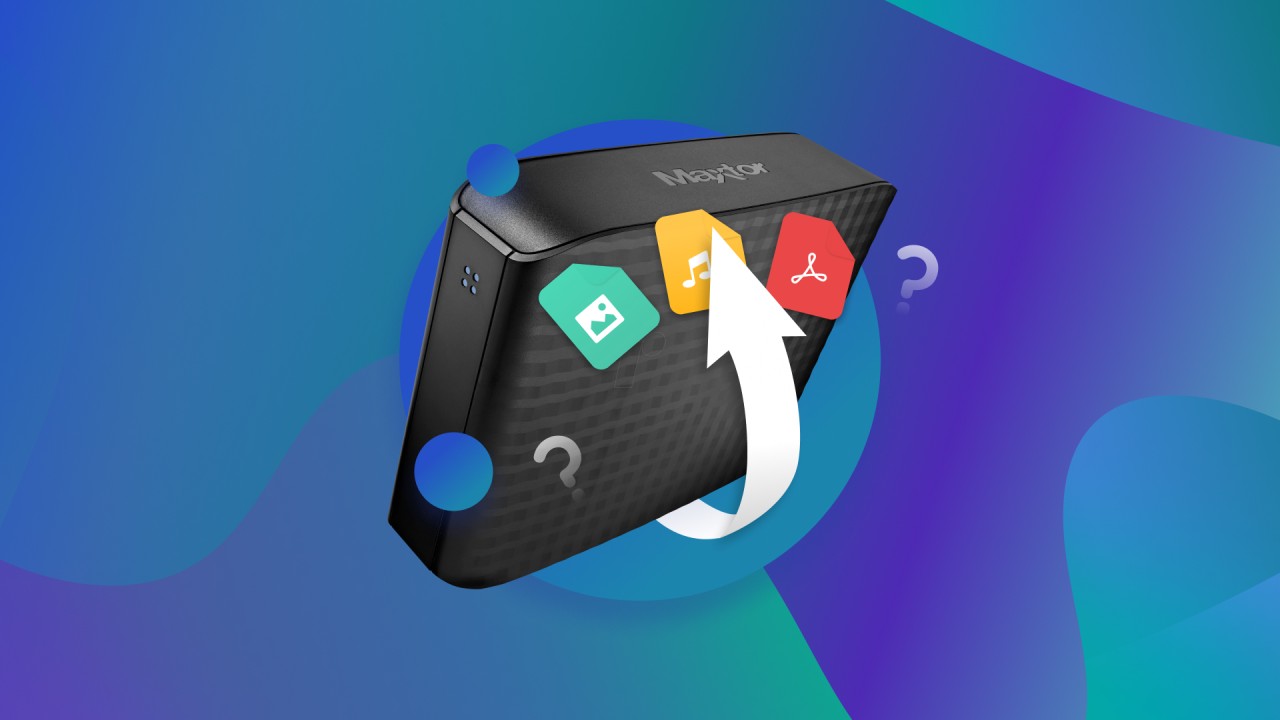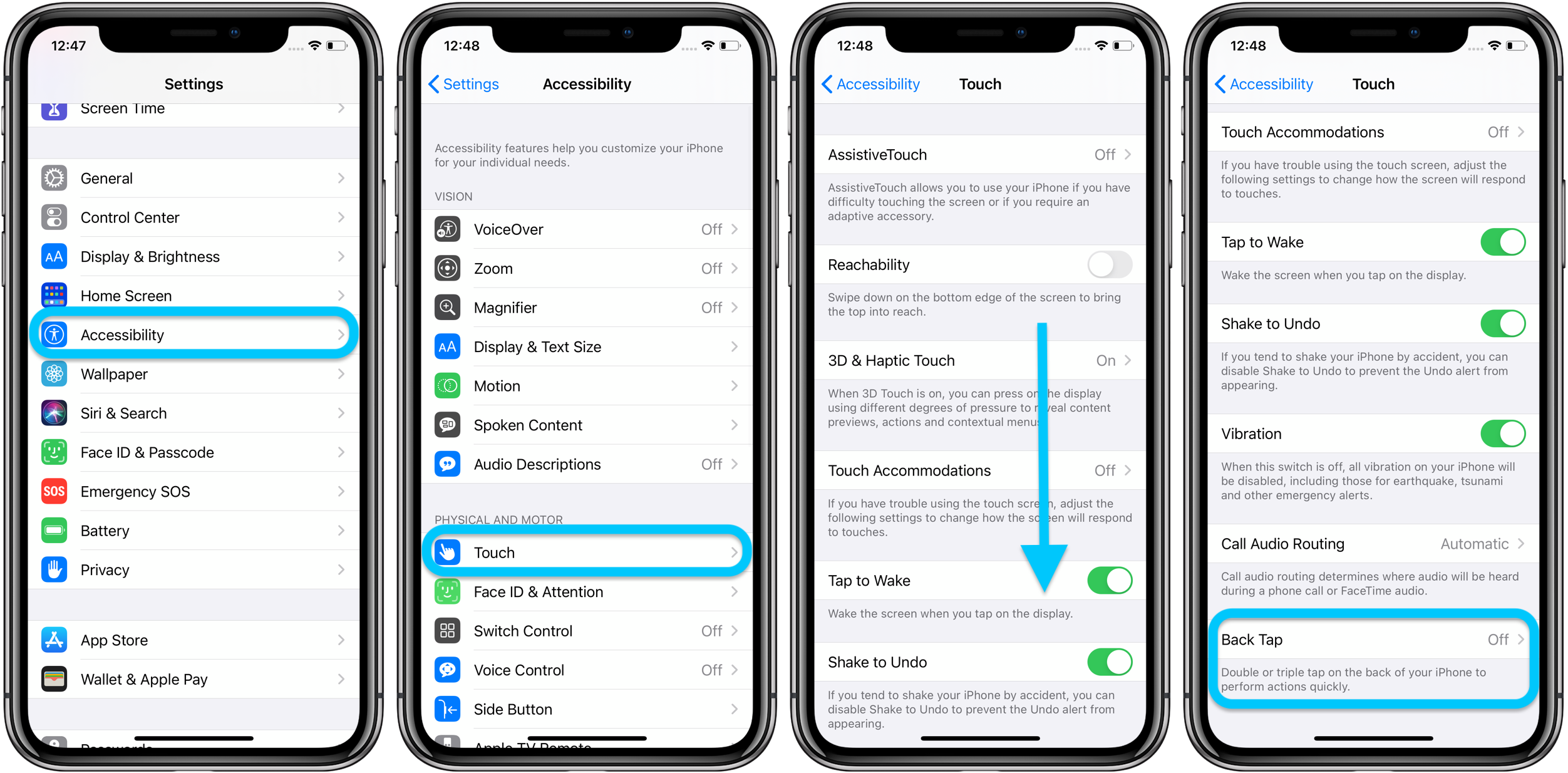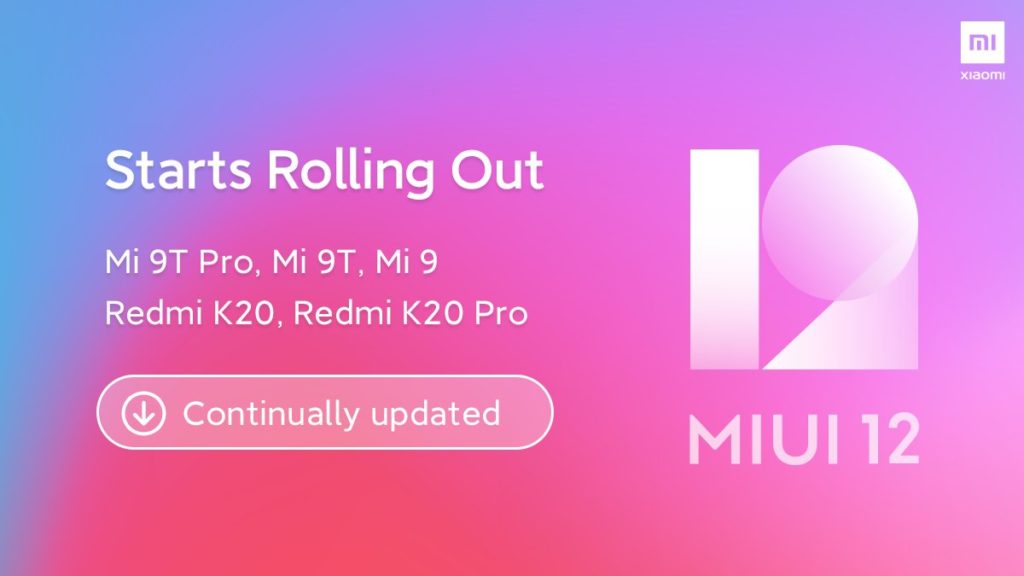How to do local SEO for small businesses
Doing local SEO effectively for your small business in Delhi, India, in April 2025 requires a comprehensive and consistent effort. By following these steps, you can significantly improve your online visibility to local customers and drive more business through your doors (or to your website).










